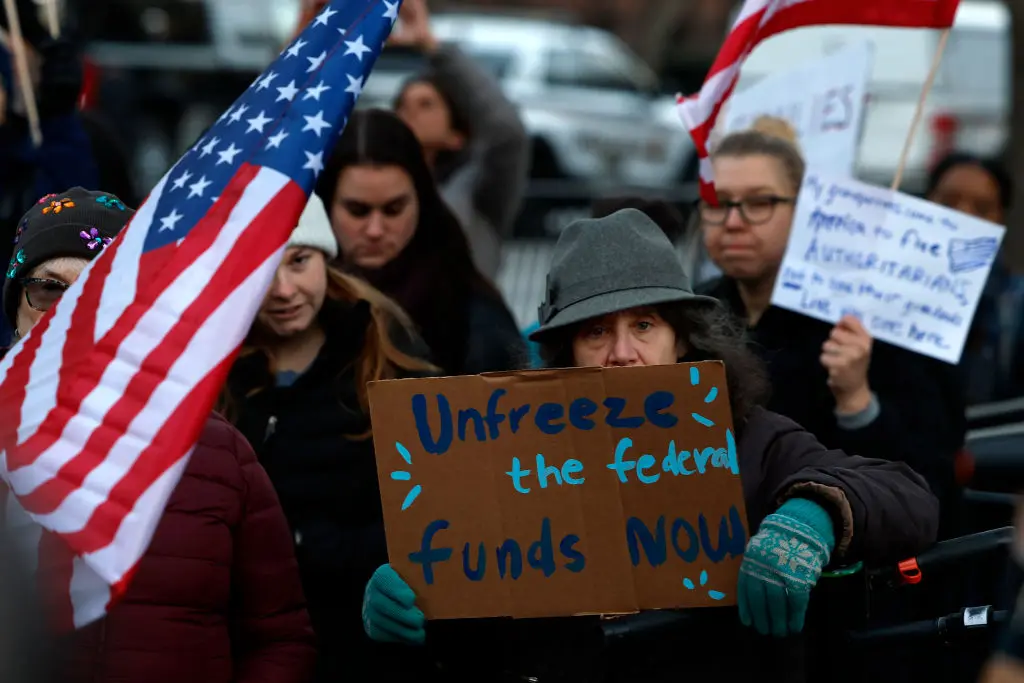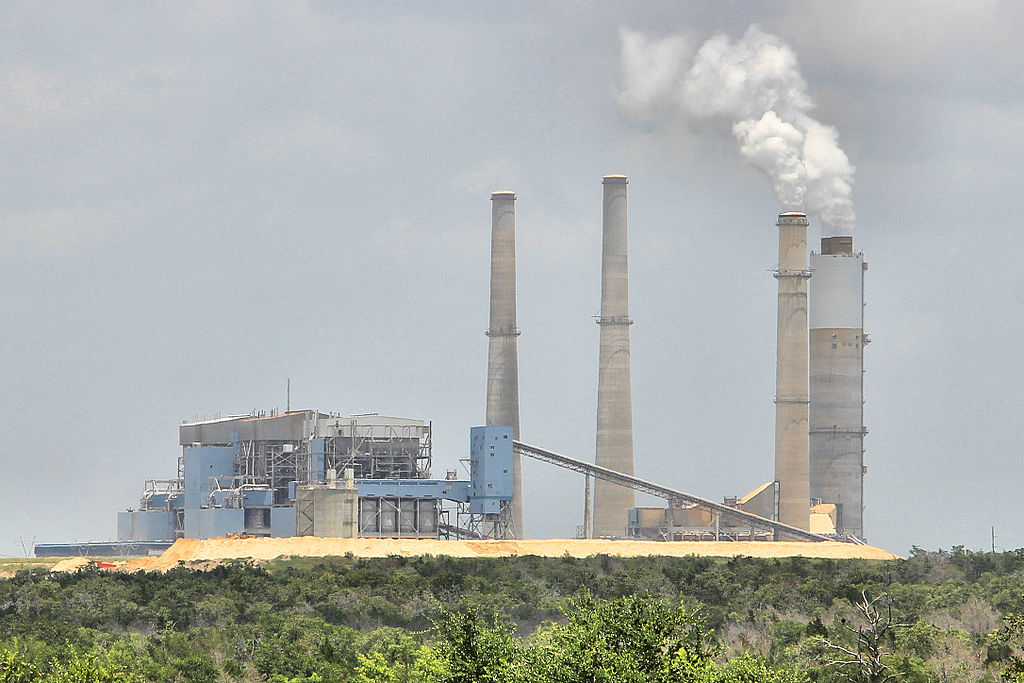
In New Rule, Trump EPA Allows Texas Coal Plants to Pollute Even More Than They Already Do
Past administrations aimed to use the regulation to reduce haze-causing pollution in the Big Bend and Guadalupe Mountains national parks.
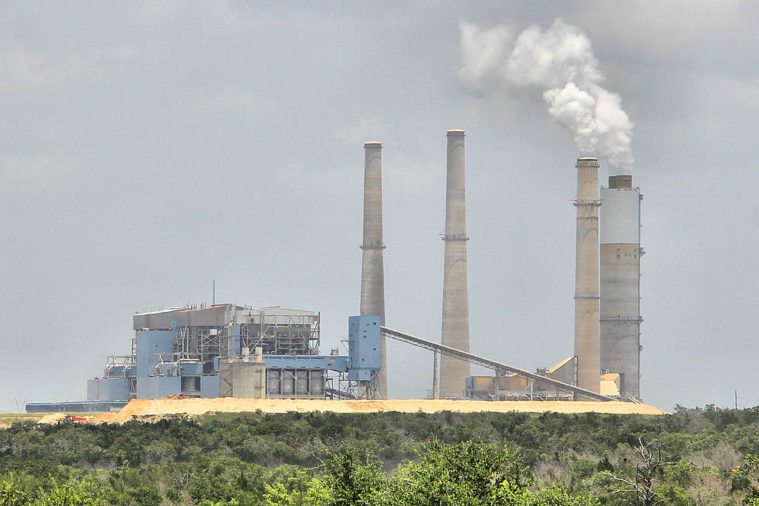
In a gift to the struggling coal industry, a new air pollution rule finalized by the EPA will allow Texas coal plants to emit almost twice as much sulfur dioxide than an earlier proposal by the Obama administration. Aside from being a key component in forming haze, sulfur dioxide exacerbates respiratory illnesses such as asthma and contributes to acid rain.
“The new proposal is a sham,” said Dan Cohan, a professor of civil and environmental engineering at Rice University. “It does nothing. It sets a cap that’s higher than what those plants have been emitting for the past few years.”
For the last decade, hit by a double whammy of cheap natural gas and renewables and the cost of complying with air pollution rules, coal plants across the country have been shutting down. The Regional Haze Rule, which under the Obama administration required Texas to cut sulfur emissions by more than 55 percent — from about 218,500 tons a year to about 93,000 tons, costing utility companies $2 billion — could’ve been the final straw for many of the state’s aging and outdated coal plants.
The rule was issued in 1999 and required states to submit plans to improve visibility in national parks and wilderness areas by 2007. Texas was one of 34 states to miss the deadline and, last year, after the state proposed a plan that would have taken 141 years to achieve reasonable visibility in Big Bend and Guadalupe Mountains national parks, the Obama EPA forced a plan on the state.
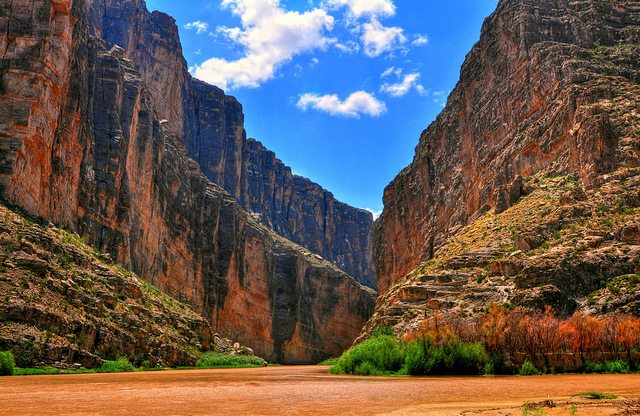
Texas Attorney General Ken Paxton sued the EPA over the regulation and earlier this year a court ordered the Trump administration to come up with a new plan to reduce haze in national parks by September 9. But, according to an analysis that Cohan performed for the Observer, the Trump EPA’s new rule does little to reduce sulfur dioxide emissions from coal plants. For one, unlike the old rule, the new regulation doesn’t set individual emission limits on the power plants. Instead, it establishes a cap and trade program with a cap 14 percent higher than current pollution levels and 1.7 times greater than the Obama rule.
“Rather than do nothing, which would get [the EPA] sued for violating the Clean Air Act, the strategy appears to be to issue a rule that is so weak that it accomplishes nothing,” said Cohan. “But by having the rule there, they can claim that they’re doing something. It’s a very cynical approach to environmental protections.”
David Gray, a spokesperson for the EPA’s regional office in Texas, did not respond to a request for comment. Neither did representatives for the state’s largest utility company, Luminant, which operates five coal plants in Texas.
“Texas is allowing more power plants to keep burning coal unscrubbed than anywhere else in the country.”
The coal-friendly program comes as coal plants in the state are struggling. Just last week Luminant announced its plan to close down its Monticello Power Plant in Titus County by January, citing the inability of the plant to compete with cheap power from natural gas and wind energy. In addition, a 2015 analysis by the Electric Reliability Council of Texas (ERCOT), the state’s grid operator, found that the Obama-era regional haze plan, along with that administration’s carbon pollution rule, would’ve led to the closure of many of Texas’ old and dirty coal plants. But the Trump administration appears to be giving the plants a lifeline.
“This would’ve been the tipping point that would’ve forced closure and have helped end all the pollution — the nitrogen oxides, the carbon dioxide, everything,” said Cohan.
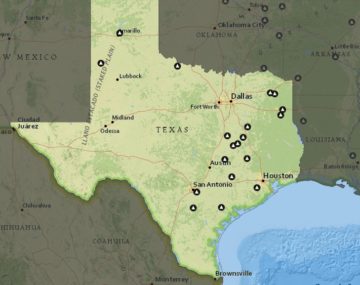
For instance, in 2016, the Big Brown coal plant, located 85 miles east of Waco, emitted 42,000 tons of sulfur dioxide, 4,500 tons of nitrogen oxides and about 7.5 million tons of carbon dioxide. Under the old rule, the plant was required to cut sulfur dioxide by 97 percent, bringing its yearly emissions down to 1,380 tons. The reduction would have either required the plant to install scrubbers, an expensive proposition, or to shut down. Under the new rule, the plant can continue to emit 42,000 tons of sulfur dioxide.
Cohan said that the new rule rewards the state for skirting environmental protections for so long. “Texas is the anomaly,” he said. “Texas is allowing more power plants to keep burning coal unscrubbed than anywhere else in the country.”
Chrissy Mann, a senior representative of the Sierra Club’s Beyond Coal campaign, noted that pollution from Texas carries into Oklahoma, the home state of EPA administrator Scott Pruitt, and affects air quality there.
“He spends a lot of time going back to Oklahoma, but he doesn’t seem to care about it,” she said. “He chose Texas polluters over Oklahoma.”


